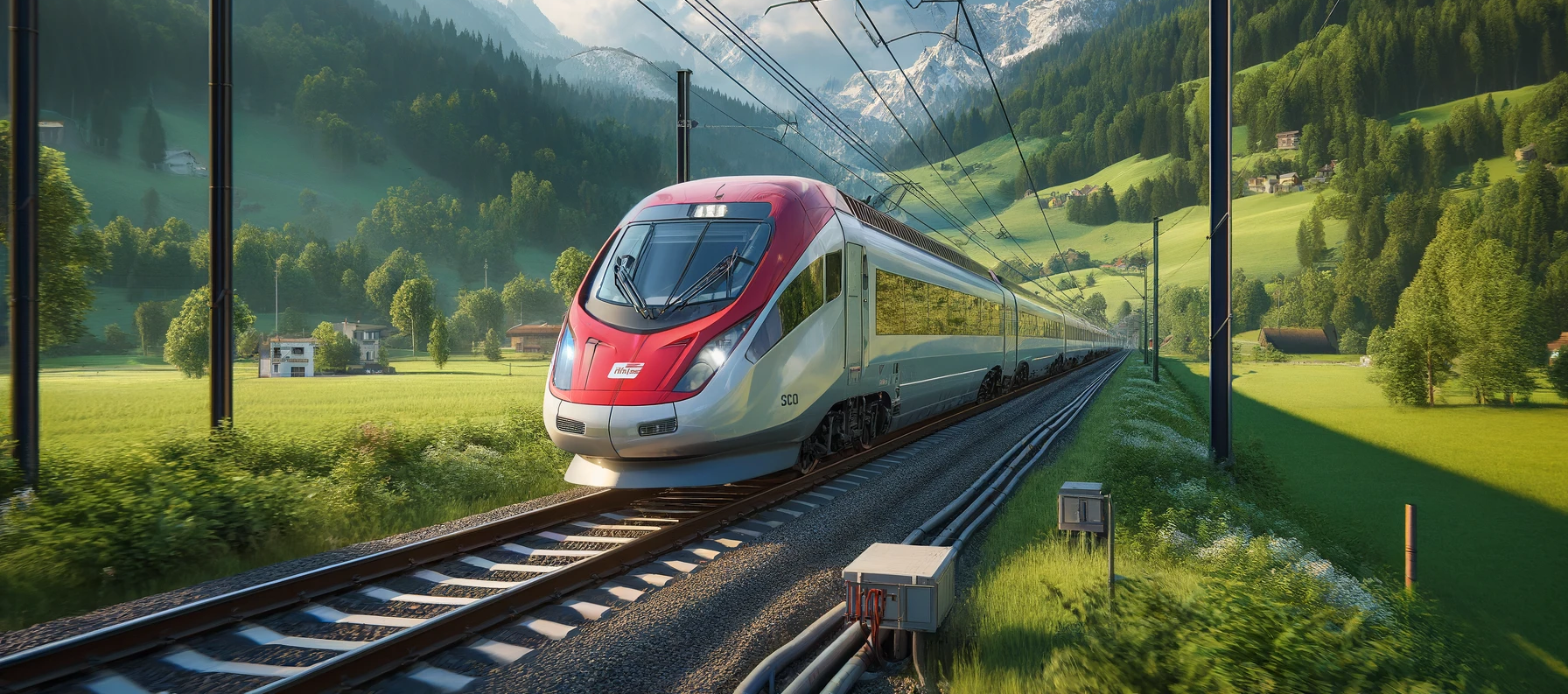
Manufacturer of parts for the railway industry
BONIONI Group manufactures technical components used in various compartments and parts of a train for assembly, fastening and sometimes even for specific applications. Here are some of the places where our technical components are used in a train:
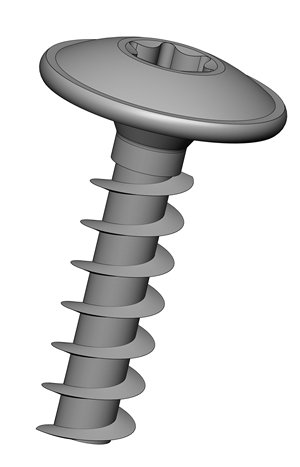
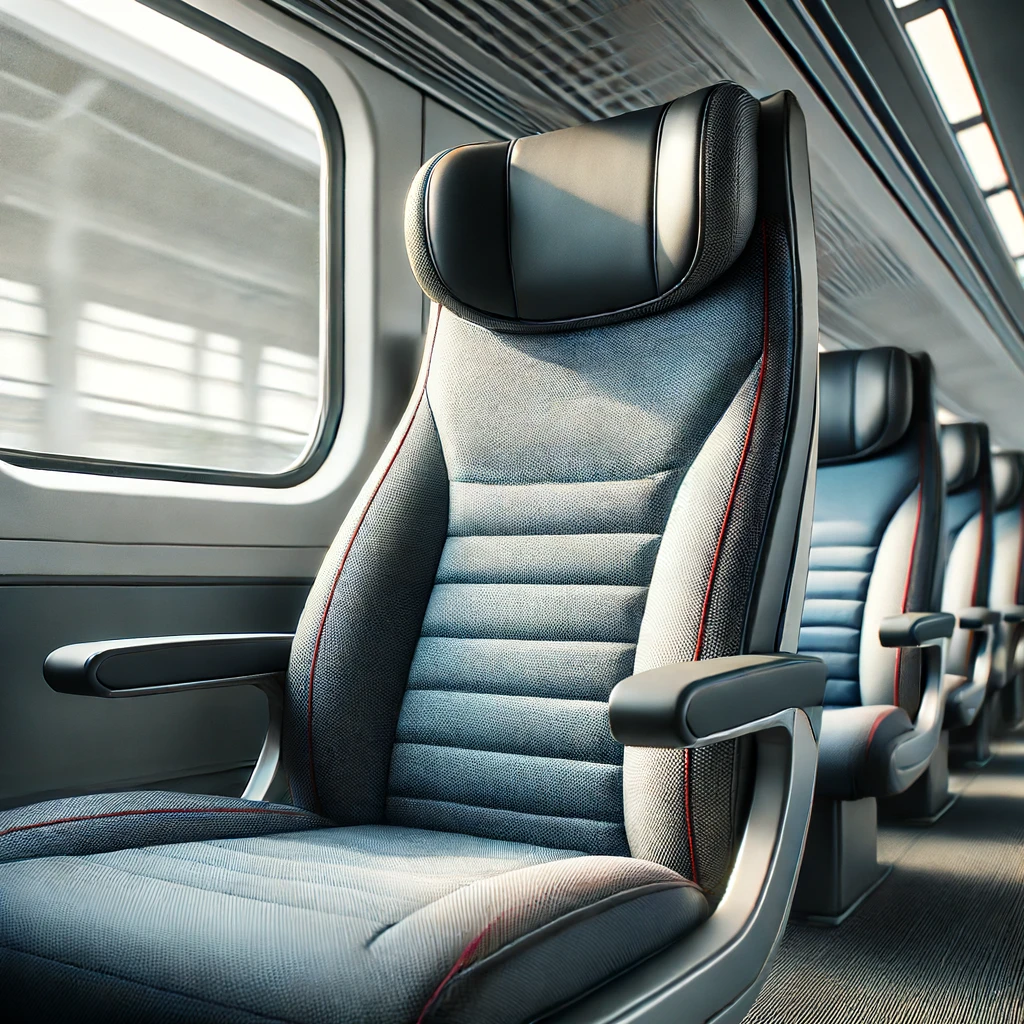
Technical screws
Structure and chassis: screws are used to assemble the metal structure of the train chassis, including bogies and other components.
Motors and mechanisms: they secure various mechanical and electrical components in the motors. They are also used in door mechanisms, braking and suspension systems.
Seats: screws are used to secure seats to the floor or train structure.
Handles and handrails: used to attach these components to the walls or ceiling of the train.
Interior panels and trim: screws are used to secure interior lining panels, trim and other decorative or functional elements.
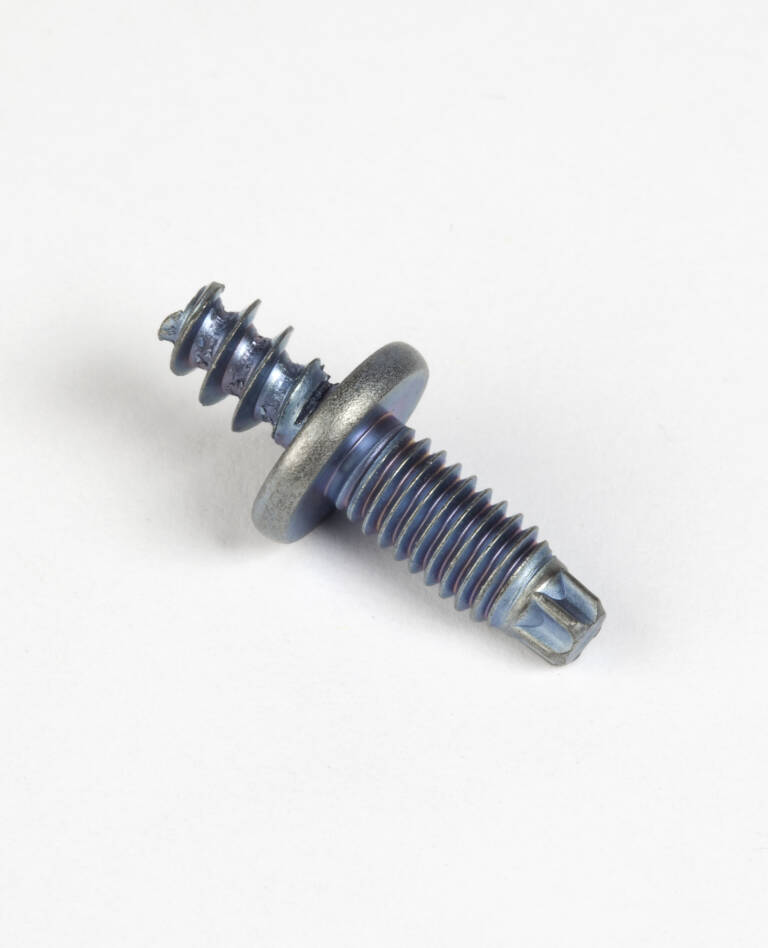
Storage compartments: used to assemble and secure storage compartments to train walls.
Lighting: fixtures and lamps can be fastened to ceilings or train walls using screws.
Electronic equipment: display screens, power sockets and control panels are attached with screws.
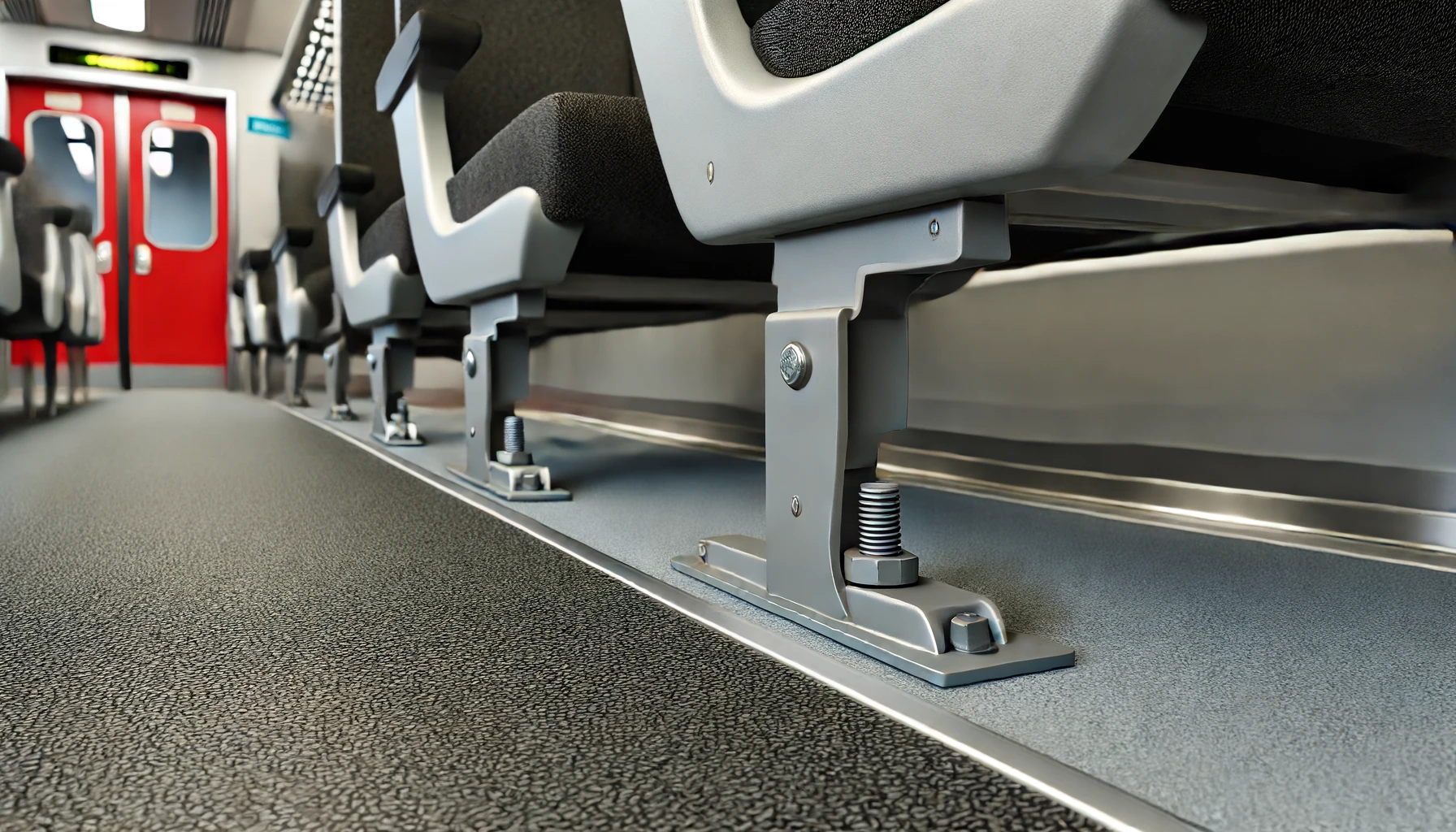
Rivets and Studs
Rivets are structural assembly elements used in the construction of the train, notably for fastening body components, chassis, bogies, window frames, doors, floors, etc.
Seat fastening: studs are used to fasten seats to train compartment floors.
Brackets and fixings: they can be used in luggage racks, luggage racks and similar installations.
Fastening interior panels: Studs are used to fasten interior panels, such as trim panels, to compartment walls.
Structural assembly: in some cases, studs can be used in the structural assembly of compartments, for example to join window frames or structural members.
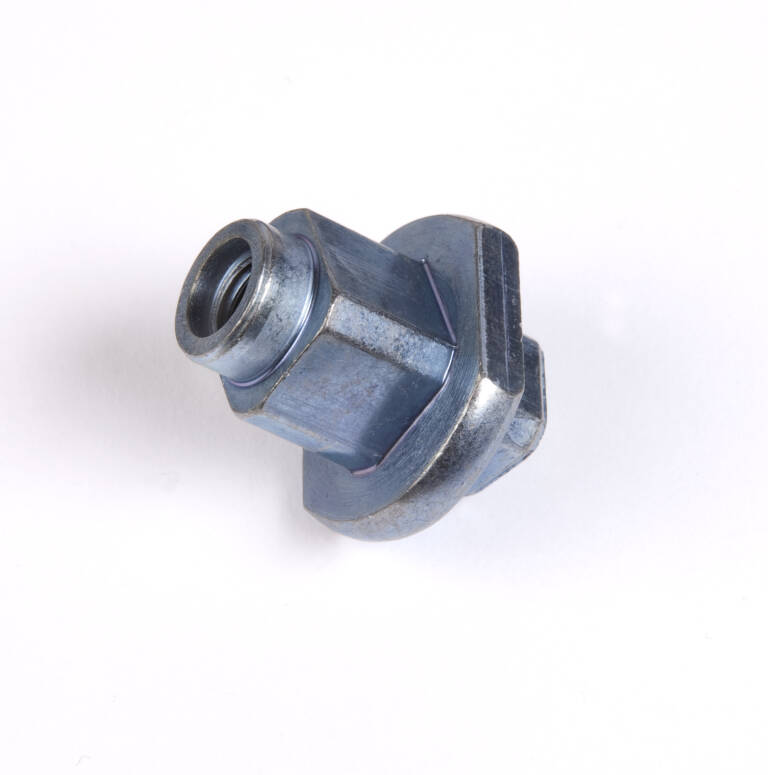
Sockets
Sockets perform a variety of functions:
For lighting, they secure bulbs or fixtures in compartment lighting fixtures.
In heating and air-conditioning systems, they hold heating elements or temperature sensors in place.
In modern compartments, they are used for cable connections in communication systems.
Bushings are also needed to secure various items of equipment such as tablet holders, cup holders and other accessories requiring secure fastening.
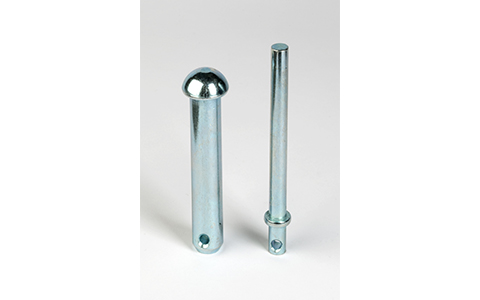
Axles
Suspension systems: bogie suspension systems use axles to connect the axles to the wheels.
Brake mechanisms: axles provide the link between brake pads and braking components such as calipers or brake cylinders.
Doors and opening mechanisms: axles can be used in the opening mechanisms of train compartment doors.
Equipment assembly: axles can be used to assemble different equipment and components, such as seats, tables or luggage racks.
Structural connections: pins are used to assemble structural elements such as window frames, wall panels or other components.
RAILWAY SCREWS, CLAMPING SCREWS, SAFETY, ANTI-VIBRATION
Screws play an essential role in the design of train compartments, ensuring the strength, safety and durability of these mobile spaces. There are several types of screw used to assemble the various parts of railway compartments, each with its own specific characteristics and functions.
First of all, countersunk screws are commonly used in the construction of train compartments. Their tapered head allows them to be driven into the material without protruding beyond the surface, providing a smooth, secure finish. These screws are often used to fasten interior panels, linings and equipment inside compartments.
Next, hex head screws, also known as hexagon socket screws, are prized for their ability to offer superior grip when used with specific tools. Their shape enables precise tightening, making them ideal for securing structural elements or essential compartment components, such as seat brackets or mounting rails.
Self-locking screws, featuring a special mechanism to prevent loosening due to vibration, are crucial in railway applications. These screws guarantee secure fastening in conditions where movement and shaking are frequent, helping to maintain compartment integrity and passenger safety.
Wood screws are also used in the construction of train compartments, notably when installing interior linings or wooden elements. Their specific threads are designed for effective fixing in wood, ensuring optimum stability of the wooden elements present in the compartments.
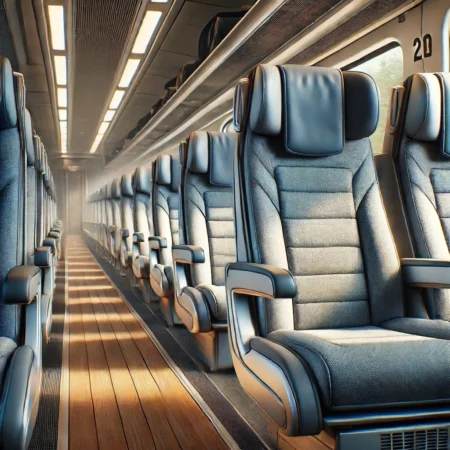
Finally, round-head screws are sometimes used for specific fastenings, offering a smooth, unobtrusive surface while maintaining adequate fastening strength.
Each type of screw plays an essential role in the assembly of train compartments, guaranteeing the strength, safety and functionality of these spaces crucial to rail transport. Careful selection and proper use of these screws help ensure the reliability and robustness of compartments, providing a safe and comfortable travel experience for passengers.